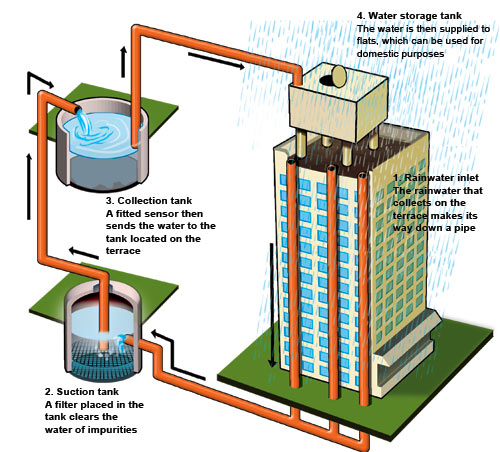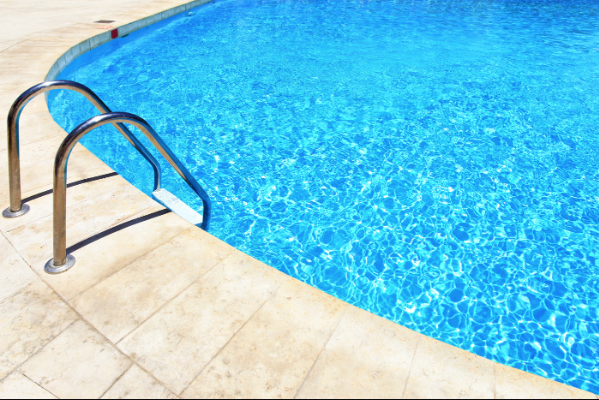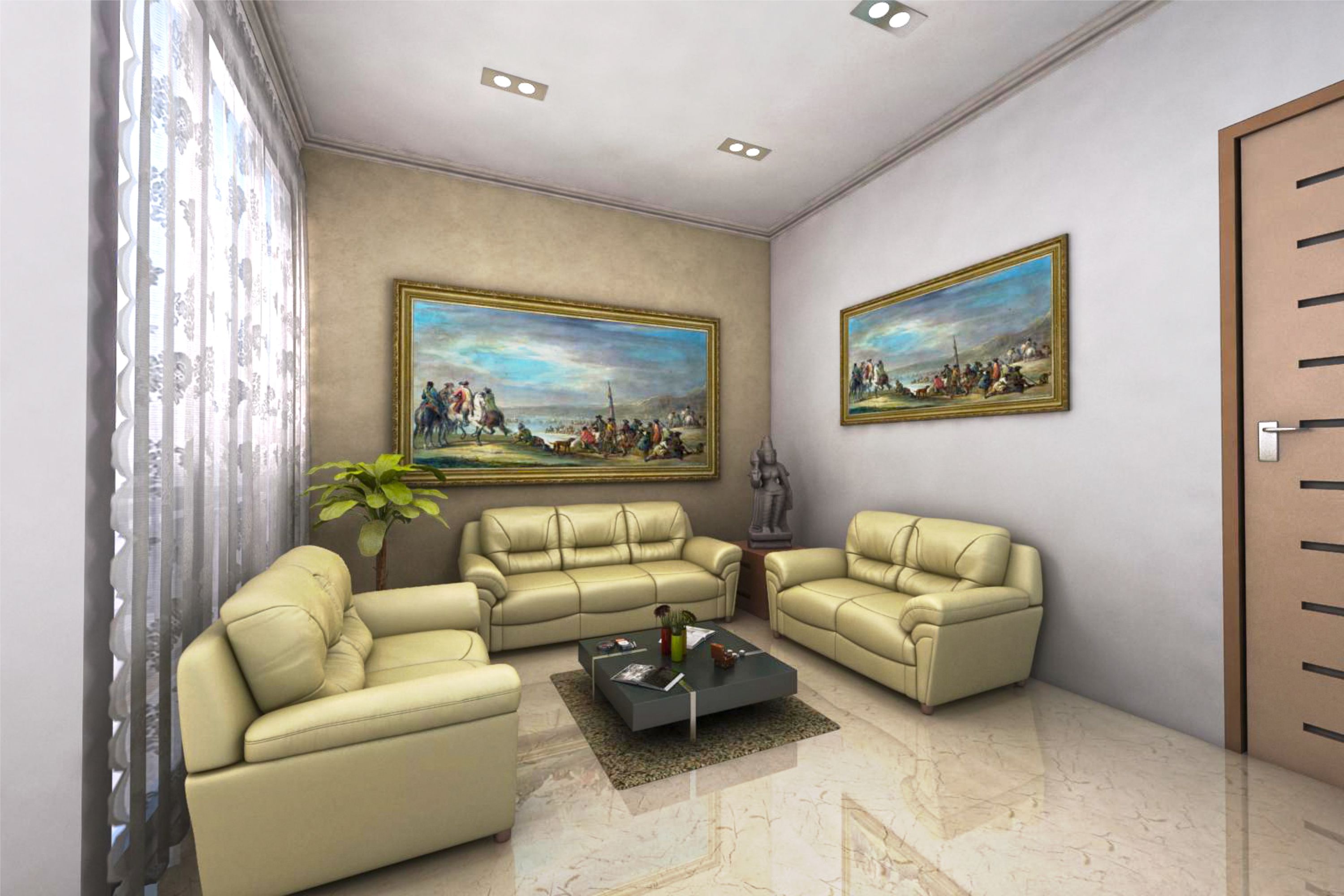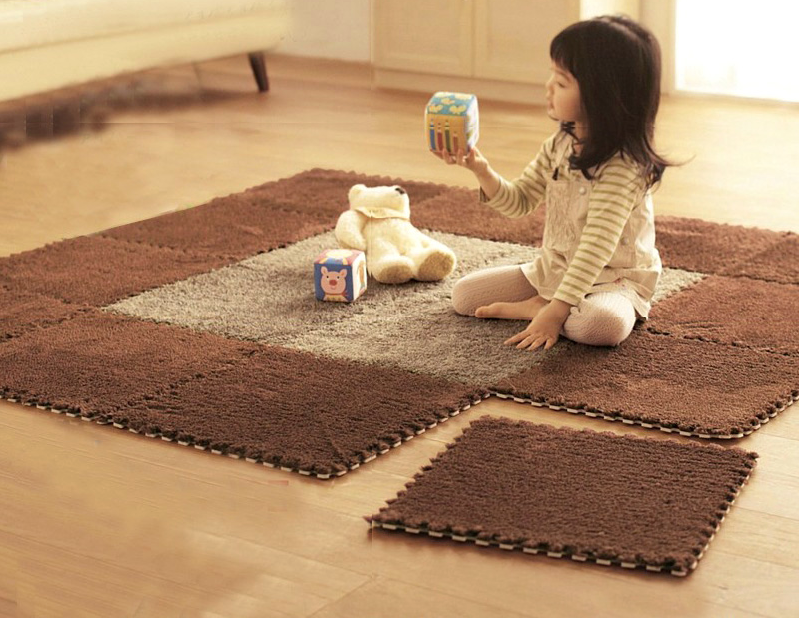It is an Agreement executed between the Buyer and Seller at the time of purchase. It is different from the Sale Deed. Generally, the Sale Deed is signed after the transaction is deemed to have been completed, i.e. before handing over the premises to the purchaser / at the time of registry.
An agreement to sell is an important document in the process of sale and purchase of property. This agreement contains the terms and conditions agreed upon between the parties, and bind them. An agreement to sell is the basic document on which a conveyance deed is drafted.
It is always advisable to have an agreement to sell in writing. It precedes the execution of a sale deed. This agreement is signed and executed by the seller and buyer on a non-judicial stamp paper. It has legal value and if need be can be produced as evidence in a court. The agreement specifies the procedures to be followed leading to the execution of the conveyance or sale deed. It records the understanding reached between the parties, and is binding on both.
The main clauses in an agreement to sell are:
Names of parties with age, their residential addresses, date and place of execution of the agreement, competence of parties to enter into the agreement, their rights and liabilities, brief narration with details of documents on how the seller got the property, exact location and description of the property, consideration amount, and mode and time of payment, timelines for various acts to be completed and responsibilities, production and inspection of title deeds, period of completion of transaction, expenses to be met and who will meet the cost of transfer, penalty and forfeiture clauses in case of default, conditions for delivery of possession, declaration by the seller that the property is not subject to any government acquisition.
The execution of an agreement to sell needs to be witnessed by two persons capable of entering into contract. It is advisable that the witnesses be from the sides of both parties – one from the purchaser’s side and one from the seller’s side.
The agreement is a pre-requirement for sale of property. Generally, the purchaser pays some token amount as advance earnest money to the seller, which is acknowledged by the seller in the agreement itself. An agreement to sell is required to avail finance from a bank. It also binds the parties to perform their parts of the agreement as agreed upon. It pens down the intent of the parties on paper and makes them legally obligated.




